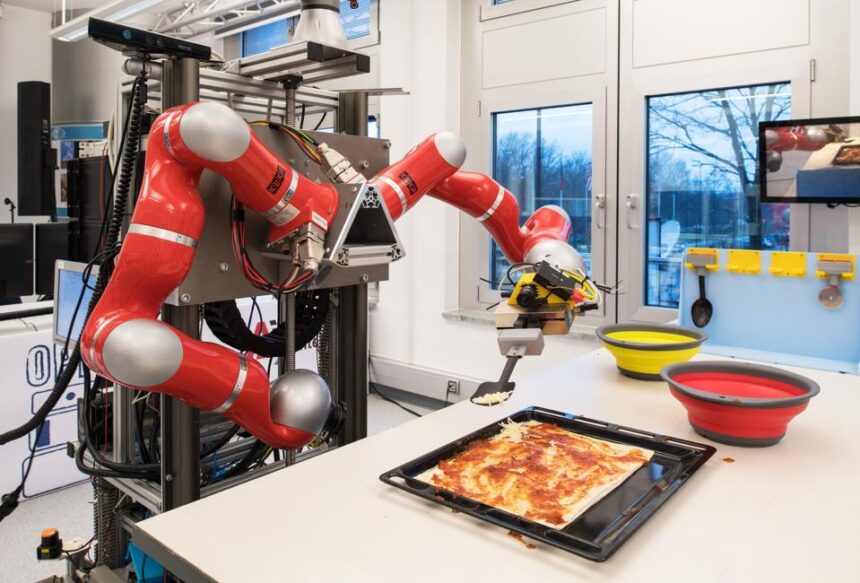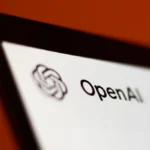Is AI Kills Jobs Real? Shocking Study Finds Young Workers Hit Hardest
AI Kills Jobs in certain areas, particularly for young, entry-level workers, according to a recent, in-depth study from Stanford University researchers. The analysis, which spans millions of U.S. workers across thousands of companies, found a distinct pattern. The hardest-hit areas are occupations where AI automates tasks rather than simply helping with them.
In short, AI is proving to be toughest on the young workforce.
Stanford researchers Erik Brynjolfsson, Bharat Chandar, and Ruyu Chen state a stark finding. “We find that since the widespread adoption of generative AI, early-career workers (ages 22-25) in the most AI-exposed occupations have experienced a 13% relative decline in employment.”
These highly exposed fields include areas like software development and customer service. Given warnings from leaders like Ford CEO Jim Farley, who suggests half of all white-collar jobs are at risk, this is a major concern.
Why AI Kills Jobs for the Youngest Employees
The study used data from ADP, the largest U.S. payroll processor, analyzing employment from January 2021 through July 2025. While overall employment grew during this period, job growth for young workers began to noticeably stagnate in late 2022. This timing aligns precisely with the public release of tools like ChatGPT in November 2022 and the subsequent boom in AI innovation.
This trend poses a huge risk to the talent pipeline. As Alexey Korotich, Chief Product Officer at Wrike, warns: “Entry-level jobs have always been the proving ground for future leaders, and if AI erases that foundation, companies risk losing an entire generation of managers and project leaders.”
The reality is that AI tools are rapidly automating core entry-level tasks. We now have scores of AI software development tools like GitHub Copilot and CodeGPT. Likewise, major AI engines like ChatGPT and Claude can generate computer code. A simple search for “AI customer service” returns over 1,800 results on software sites like G2.
The Stanford researchers conclude: “The AI revolution is beginning to have a significant and disproportionate impact on entry-level workers in the American labor market.”
The Key Difference: Automation vs. Augmentation
The critical factor in whether AI Kills Jobs is how the technology is applied. Employment declines are sharply concentrated in occupations where AI automates tasks—that is, where it replaces human work.
Crucially, in occupations or roles where AI augments tasks—meaning it helps humans work better or faster—entry-level employment remained stable or even grew. The rate of AI improvement is accelerating this effect. For instance, AI systems could solve only 4.4% of coding problems in a benchmark in 2023, but hit 71.7% in 2024.
The good news is that where AI is used to augment human work, it is not having a downward impact on wages, the study shows. This points to a path forward.
How to Beat the Threat of AI Kills Jobs
The future of work depends on a fundamental shift in mindset. Sri Ambati, CEO of AI agent company H2O, summarizes this shift: “Jobs are disappearing where AI automates work, but growing where AI augments human capabilities. Early-career workers need to shift from competing against AI to collaborating with it more effectively.”
The workers thriving aren’t trying to outrun automation; they are learning to run with it. Surprisingly, this transition is seeing an unexpected reversal in tech job readiness. Liberal arts and English majors are sometimes able to communicate better with AI systems than technical people. They can get better results thanks to their ability to write more detailed and context-rich prompts.
Focus on Low-Exposure Skills
Some roles are naturally more resistant to AI-driven job loss. These lower-exposure jobs typically involve tasks that AI cannot easily replicate. This includes caring for others, physical activities, or jobs that require complex interpersonal interaction or high creative skills.
Jobs that are more reliant on rules, codified knowledge, and lower-level tasks are easier for AI to replace. While AI is improving quickly, and it’s a “bad bet” to assume it won’t do more tasks in the future, the human element remains key. The future belongs to those who learn to use AI as a powerful co-pilot, not those who try to compete directly with it.
Credit: Forbes.com









